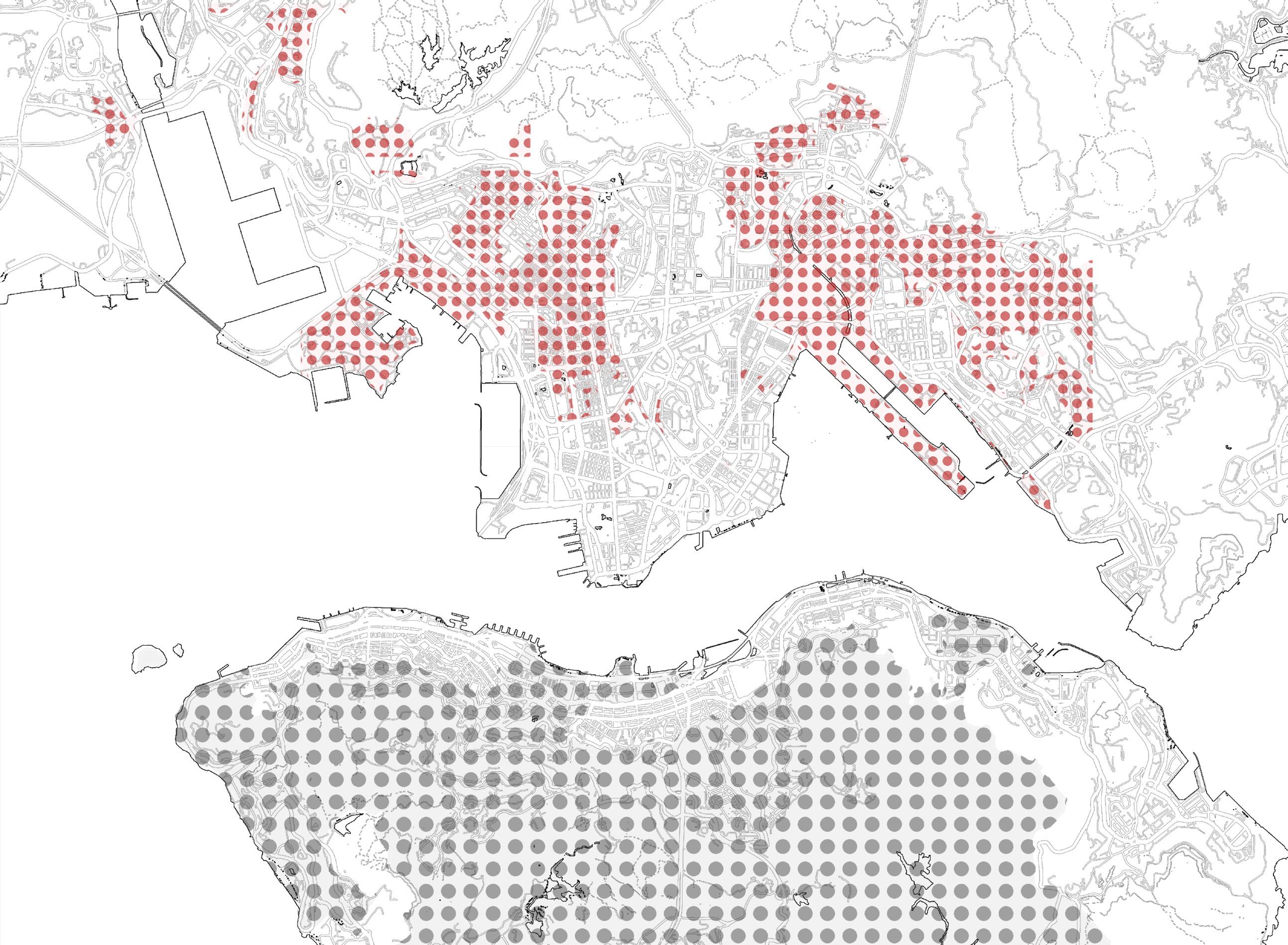
8 minute read
Urban Fragmentation [Thesis
Urban Fusion
LOCATION: HONG KONG ACADEMIC: 5 TH YEAR, THESIS PROJECT YEAR: 2019 / 2020
Advertisement
[ ONGOING ]
Hong Kong is a city known for its extreme wealth. It is considered a major economic hub of East Asia due to its geographical location and businessfriendly economic policies. However, these policies that make Hong Kong such a successful trading hub is also what is, in part, causing an extreme geographic divide between different socioeconomic classes.
To make up for lost revenue due to low corporate taxes, the government over-inflates the land values. This burden is then passed from landlords to tenants, which disproportionately affects low class individuals who now see upwards of 90% of their income go to housing costs. As the economic gap between the rich and poor continues to widen, so does the physical divide between them as well. As the poor are segregated into impoverished districts, they enjoy less benefits than the upper class districts do, such as infrastructure, education, and business opportunities.
CLASS DIVIDE

Represented in the graphic above, the social classes are divided geographically through the city of Hong Kong. The most wealthy individuals live on Hong Kong Island, physically detached from the rest of the city. Meanwhile, the lower class tend to occupy the northern east and west of Kowloon. Analyzing the two poverty clusters, one seems to present an interesting opportunity.
COMMERCIAL GENTRIFICATION
This poverty cluster in western Kowloon is currently experiencing a process of gentrification. As part of an initiative by both developers and the government to redevelop poor areas of Hong Kong, businesses are being introduced, creating a commercial hub that is slowly making its way north toward Sham Shui Po, the poorest and still most undeveloped district of Hong Kong. Seen in the graphic above, the aerial view communicates

where the gentrification has already taken place through the heights and types of buildings. Furthermore, as gentrification starts to continue into Sham Shui Po, its street market culture could experience dramatic changes with the introduction of commercial development. Since the street markets are an important part of the identity of the district, it is important that this potential threat be addressed.
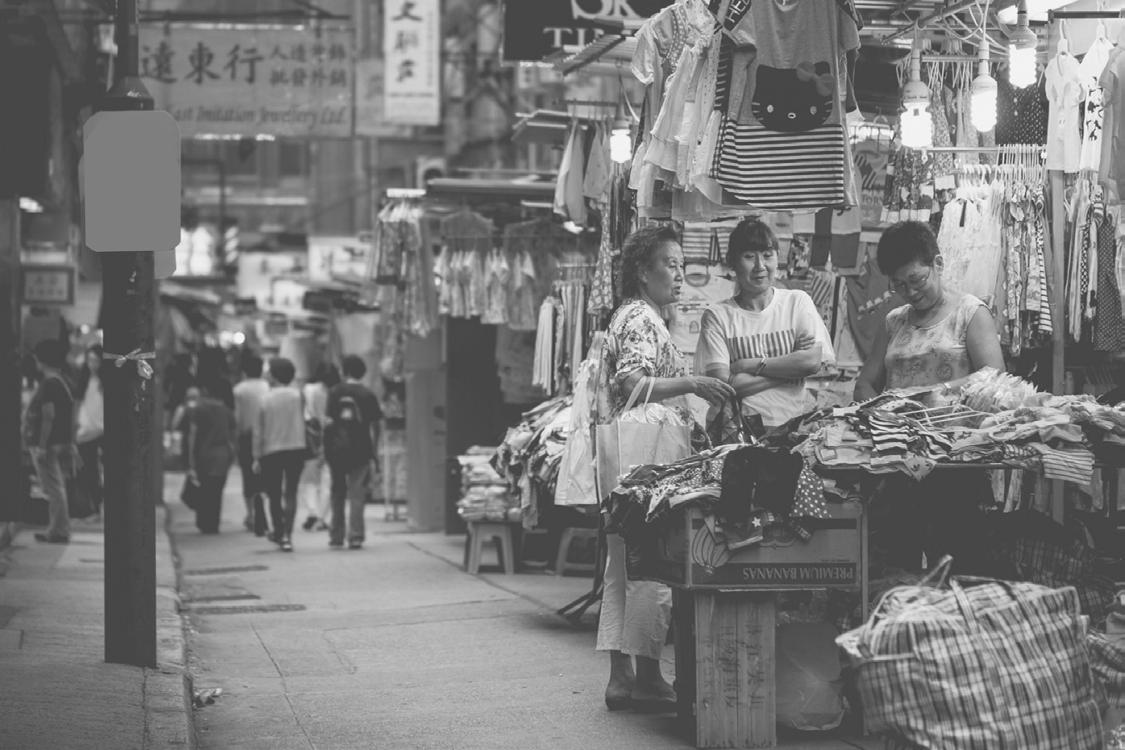

INTERVENTION DESIGN

The site was chosen for both its position along a major artery connecting the gentrified district and Sham Shui Po, as well as its locality to street markets. The site will some day likely experience the same gentrification taking place farther south, and thus must cope with this inevitable change. The program of the building seeks to combine both the informal street market culture with the new commercial development in a way that encourages inter-class interaction and dependence. This will be achieved by combining like markets and businesses, specifically fabric/ fashion studios, produce/restaurants, and electronic parts/high-end electronics. By combining these programs, they not only are able to sell directly to consumers but also establish a relationship between the lower and middle to upper class individuals. Market vendors would act as distributors to the established businesses that occupy the floor above them. In order to establish this as a central hub in the area, additional programs have been incorporated into the design, such as a recreational level and residential component to provide housing for workers, populate the space at all hours of the day, and fulfill a high demand for housing.


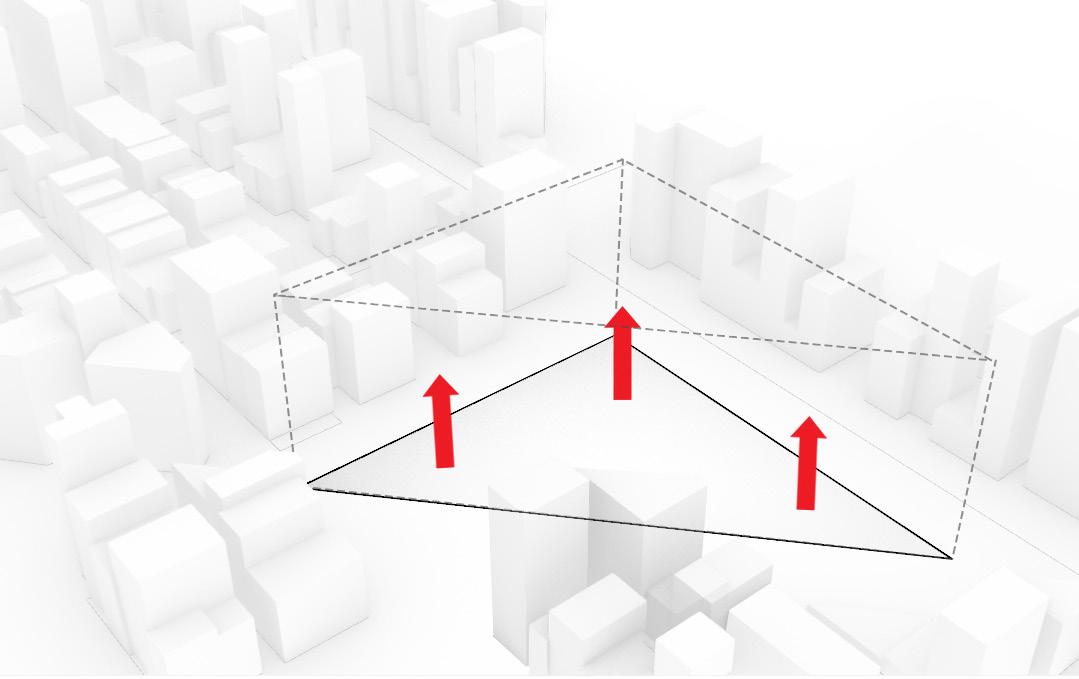
Circulation is located around the outer edge of the building and is designed to make each floor a different experience from the last.

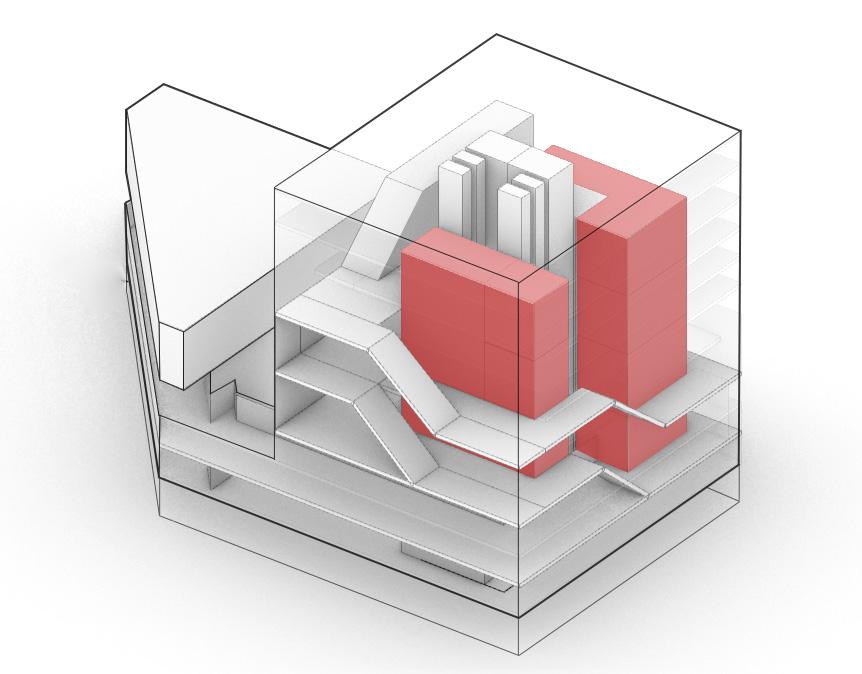
The next layer inward is where the markets and businesses are located.

Core of the building facilitates travel to specific parts of the building.
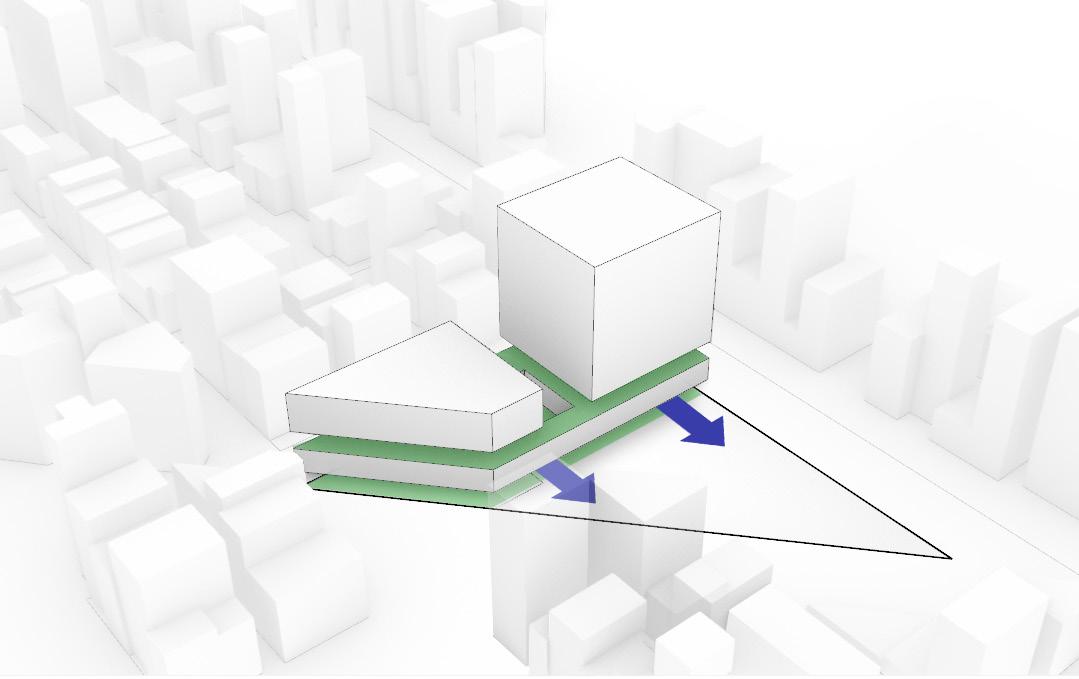


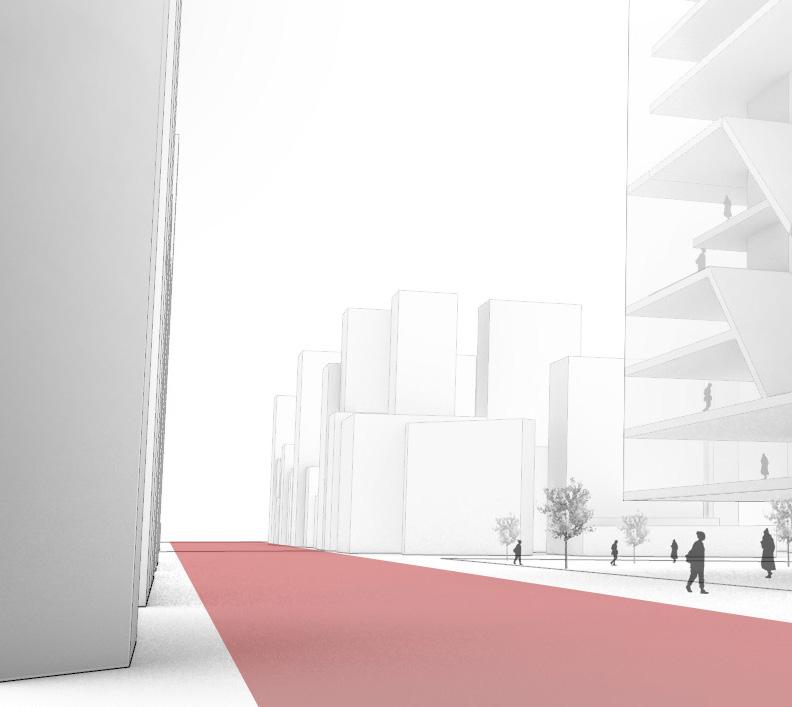
A VISUAL EXPERIENCE
Since the building is designed for a public program, it needs to appeal to them visually. It is also seen as something that is to be discovered by pedestrians rather than a landmark destination. This is accomplished by making the exterior transparent, allowing pedestrians to see the activity taking place along the circulation paths on the interior as they pass by. Opening the lower floor invites people to enter the building and gives a sense of relief from the dense urban fabric.
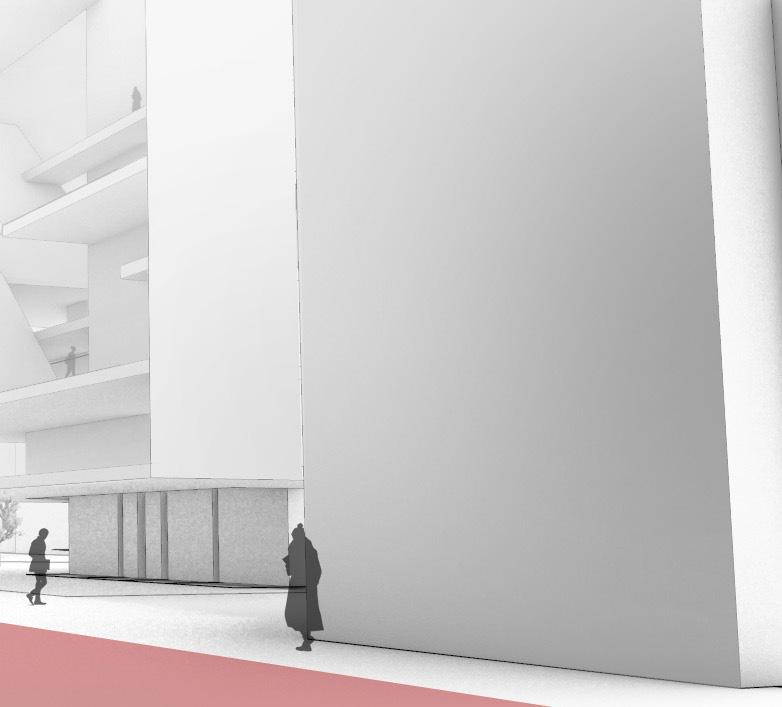
Internship Abroad
Hammon’s School of Architecture Master Plan
37 39
EXTRA CIRRICULAR
Internship Abroad
LOCATION: HANGZHOU, CHINA ACADEMIC: 4 TH YEAR YEAR: 2018

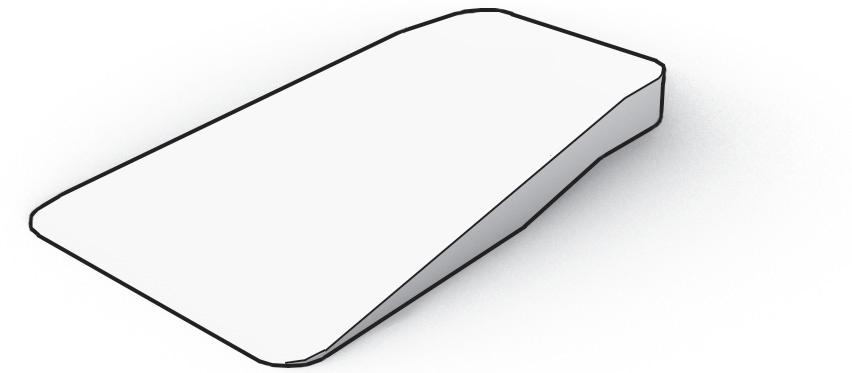
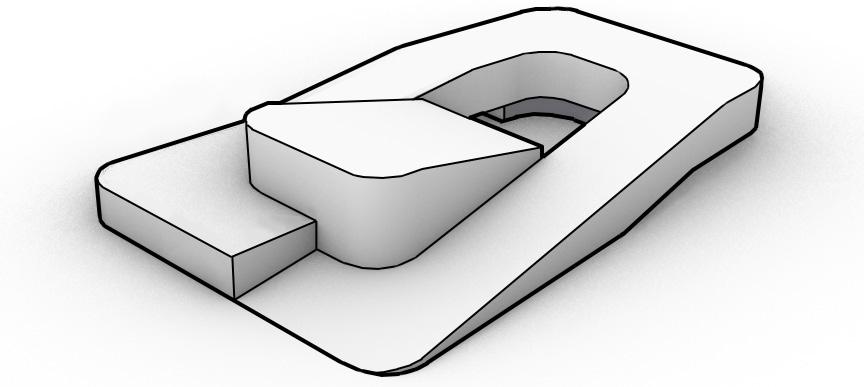

Created a sloped building that mimicked the slope of the mountain it inhabited.
Opened a courtyard in the center and then mirrored part of the center piece to distinguish between auditorium and market. Office spaces are lifted to open up the courtyard to the exterior.
Created extra space for backstage areas and other programs requested by the client.
QINGZHOU AUDITORIUM & OFFICE BUILDING (left)
The clients had a piece of land that had been excavated out of the side of a mountain where they wanted to put a building that would serve as an auditorium for a small campus and an office administration building. We designed the building to resemble the shape of the mountain as a way to ‘restore the natural land to its original state.’
SANMEN URBAN DEVELOPMENT (upper right)
The local government of San Men was repurposing many of its older industrial buildings in hopes that it would create a new commercial part of town. We were tasked with designing a face for the older buildings. By using nature as an inspiration for the design, we created a tree-like system of geometries that would act as sunshading devices as well as places for natural intervention.
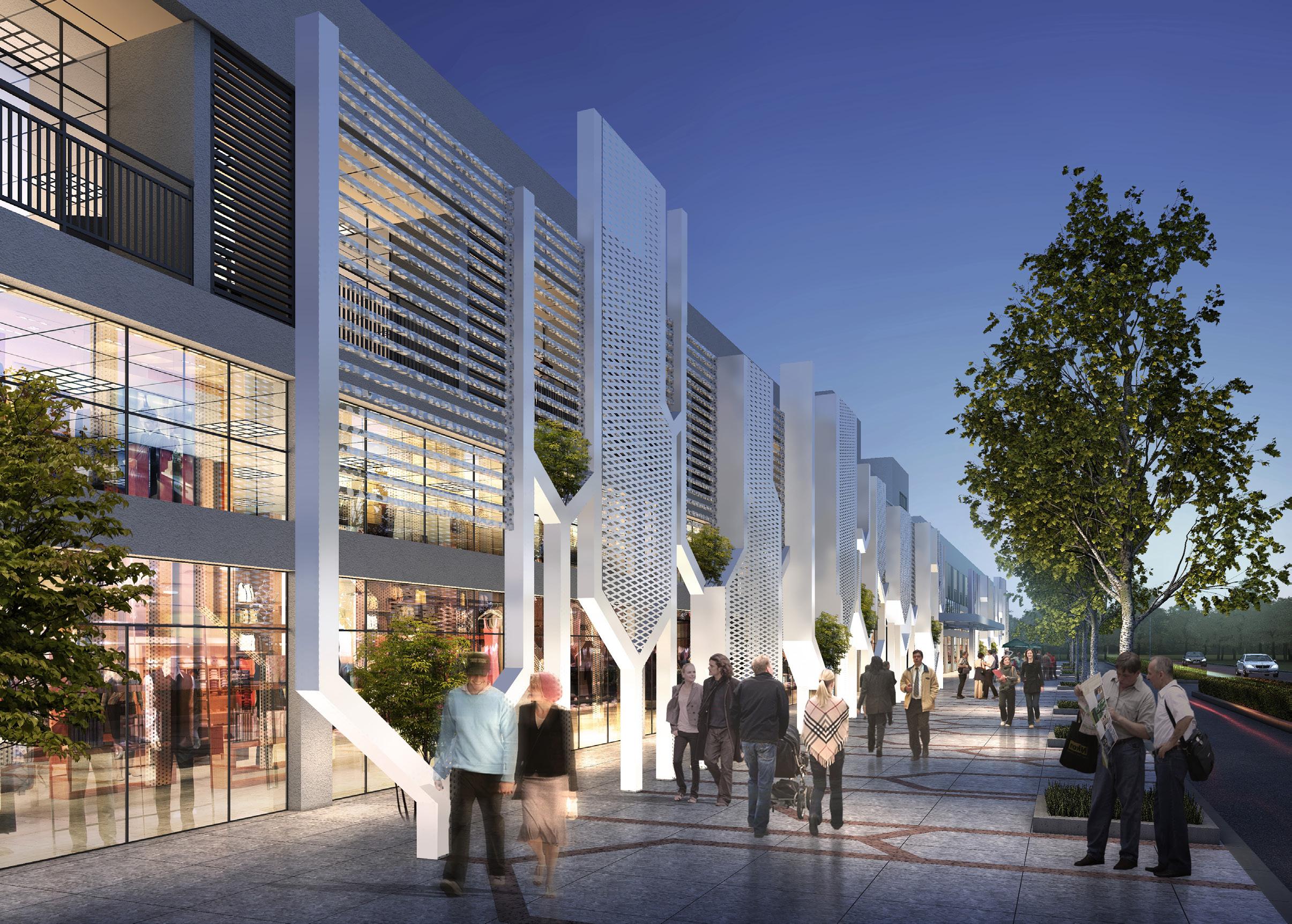
HANGZHOU RESEARCH & LABS (lower right)
The program of this complex was a combination of research labs, offices, and residencies. The client specifically asked for simple forms that were cheap to construct. I had developed a scheme where each program was represented with a building and each were connected to one another. Where the connections occurred, there would be free space to allow them to break and read as individual forms rather than two oversized box masses.
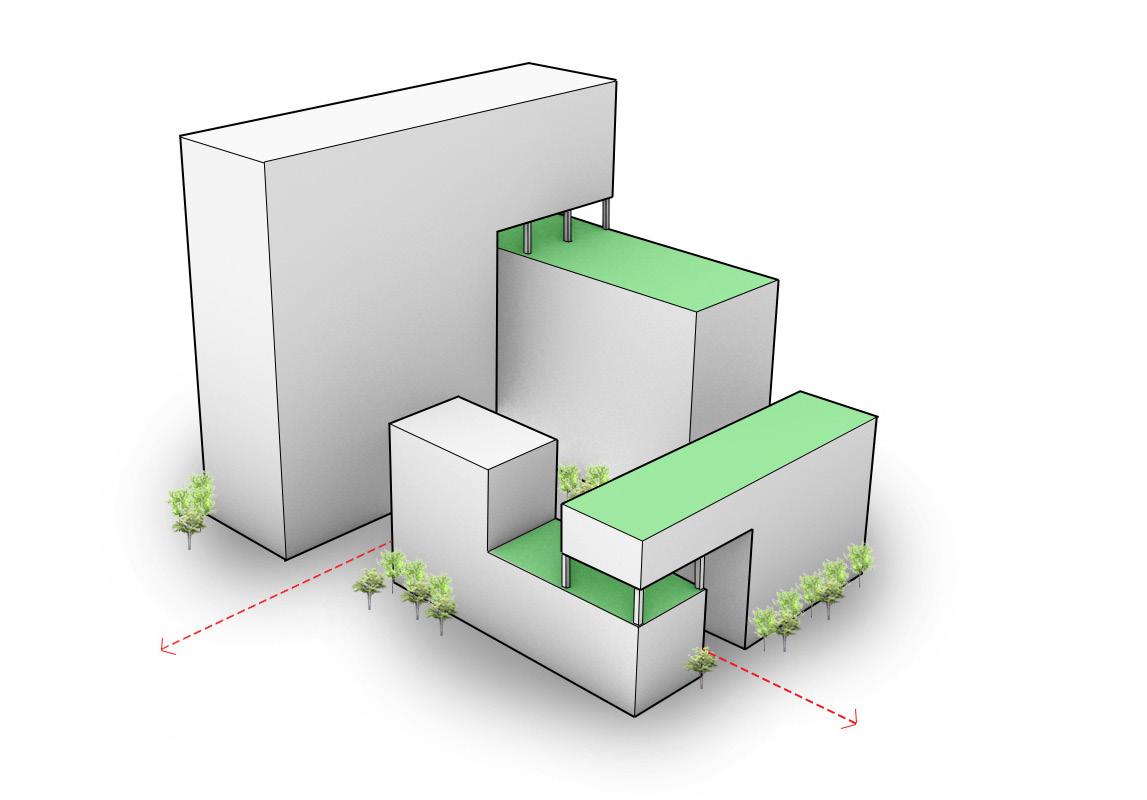
HSA Building Master Plan
LOCATION: HAMMON’S SCHOOL OF ARCHITECTURE, SPRINGFIELD, MISSOURI ACADEMIC: 5 TH YEAR YEAR: 2020
[ ONGOING ]
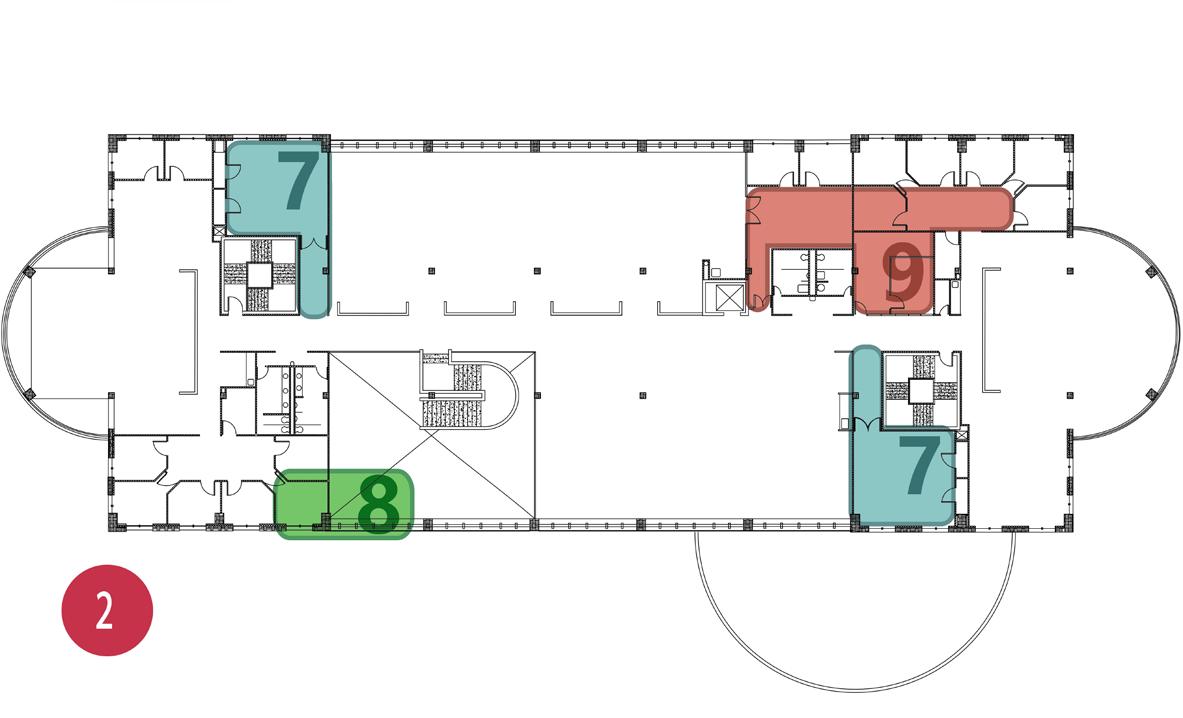

I was asked by the dean of the Hammon’s School of Architecture at Drury if I would like to help develop a master plan for the building as it seeks to improve its spaces in the future. The graphics produced for this are created for donors who would see value in these changes.
The diagrams on the left show the nine major areas of focus. Each of these address issues that currently exist in the building or general improvements that could be made to overall enhance the space for the students. Examples of each callout are given on the next page with inspirational images describing our ideas for each location.

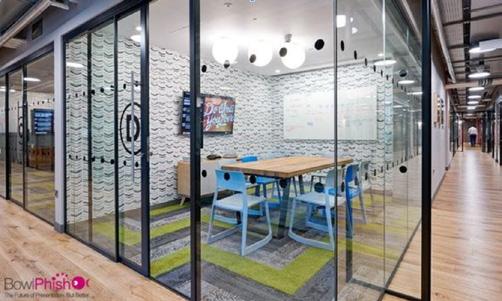
The front office for the architecture building (1) is one of the pieces that is addressed, suggesting that it could be more open to the students. Also, the 5th year studio is located on the second floor, isolated from the rest of the studios on the second floor. A solid wall (2) with a key scanned door separates them from the atrium. Addressing the wall between it and the atrium and giving it transparency would improve the relationship between lower years and 5th years.
Item 5: Student Lounge
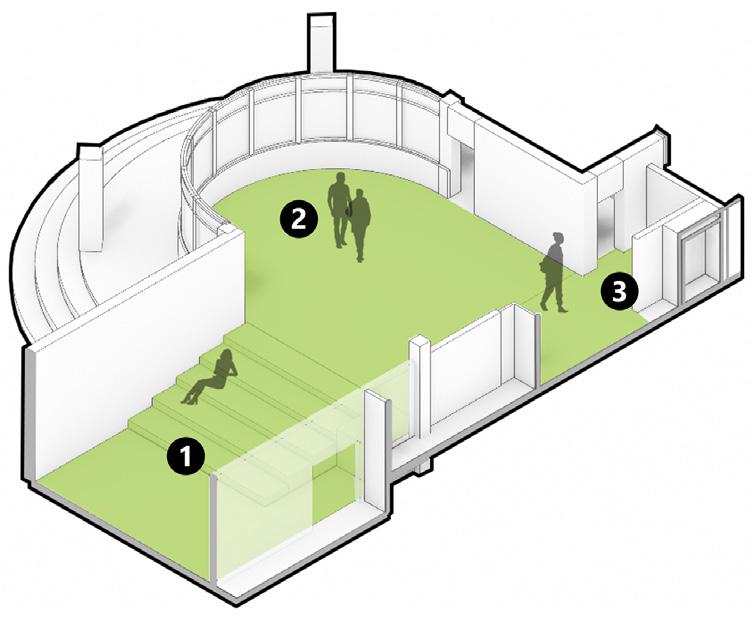
As it currently stands, the student lounge does not offer a whole lot for students other than an unnecessary amount of seating and a small table for students to work on. The proposal here suggests that the unused classroom (1) be used as a stepped seating area. The rest of the space (2 & 3) should be rethought as to how to organize it better.
Item 6: Backyard Addition
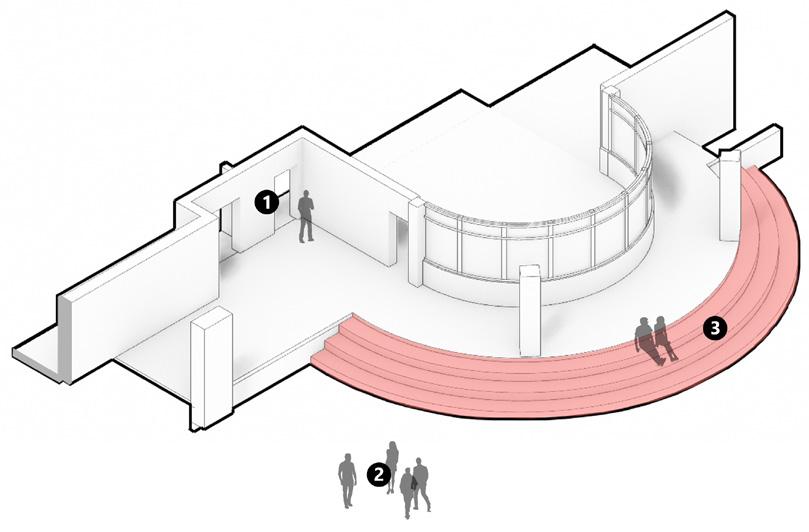
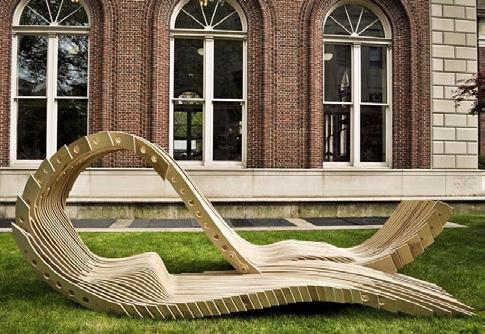

Currently, there is a concrete wall that runs along the outer curve of the back patio. It is also not easily accessed and students almost never use the space. We suggested that the wall be removed and create steps down to the lawn (3) and have a series of interactive additions (2) for students.




